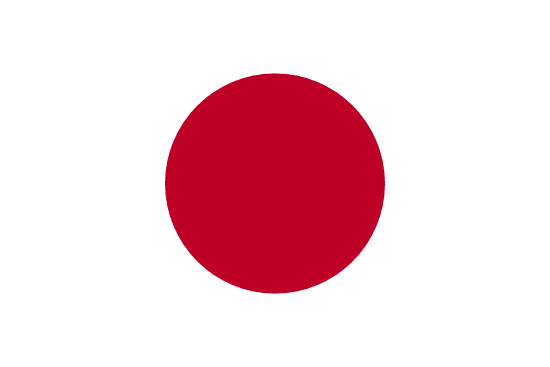"Nuchidu Takara | Life is a Treasure"
About:
Naha, the capital of Okinawa Prefecture, Japan, was established as a city in 1921. Historically, it was the commercial center of the Ryukyu Kingdom from 1429-1879. Post-WWII, Naha was rebuilt after extensive bombing and became a major port city. It's known for Shuri Castle, a UNESCO World Heritage site, which was destroyed in 2019 but is being reconstructed. Today, Naha remains a crucial transportation hub and a center for Okinawan culture.
When to visit:
Naha, the capital city of Okinawa Prefecture in Japan, experiences a subtropical climate with distinct wet and dry seasons. The best time to visit Naha on a holiday is during the dry season, which typically lasts from November to April. This period offers pleasant weather with lower chances of rainfall, making it ideal for exploring the city's attractions and enjoying outdoor activities. However, visitors should be mindful of peak tourist seasons and plan their trip accordingly to avoid crowds and secure accommodations in advance.
When to avoid:
Traveling to Naha, Japan during the holiday season can be challenging due to the large crowds and increased prices. The worst time to visit Naha on a holiday would typically be during Golden Week in late April to early May, and also during the New Year period from late December to early January. These times see a surge in domestic tourists, resulting in crowded attractions and higher accommodation rates. It is advisable to plan your trip well in advance and consider visiting during off-peak times to avoid the holiday rush in Naha.
Rainy Season (May-Jun)
Naha, Okinawa, experiences its coldest and wettest season from January to February. Average temperatures range from 15-20°C (59-68°F). Rainfall is heavy, with January averaging 107mm, making it the wettest month. Sunlight is limited due to frequent cloud cover. An average day for a visitor would likely involve overcast skies with intermittent showers. Despite the cooler temperatures, humidity remains high, creating a damp, chilly atmosphere. Indoor activities or exploring the city's cuisine are popular options during this season.
Summer (June - September)
In Naha, Okinawa, the warmest part of the year typically falls between July and September. During this period, the average high temperature ranges from 88°F (31°C) to 90°F (32°C). The nights are also warm, with average low temperatures around 78°F (26°C).
Rainfall is relatively high during these months, with an average of 5-7 inches per month. However, the rains are usually short and intense, often followed by sunshine. The region gets an average of 6-7 hours of sunlight per day during this period.
Humidity levels are typically high, often exceeding 80%, which can make the heat feel more intense. The sky is partly cloudy, with a cloud cover ranging from 60-70%.
For a visitor, a typical day in Naha during the warmest part of the year would likely start with a hot and humid morning. There might be a short, intense rain shower in the afternoon, but it would likely clear up quickly, giving way to sunshine. The evenings would remain warm, making it comfortable to explore the city's nightlife. Despite the heat and humidity, the coastal breeze can provide some relief.
Language:
In Naha, the capital city of Okinawa Prefecture in Japan, the most commonly spoken language is Japanese. However, many locals also speak a regional language known as Uchinaaguchi or Okinawan, which is distinct from standard Japanese. English is also understood by some, particularly in areas frequented by tourists.




